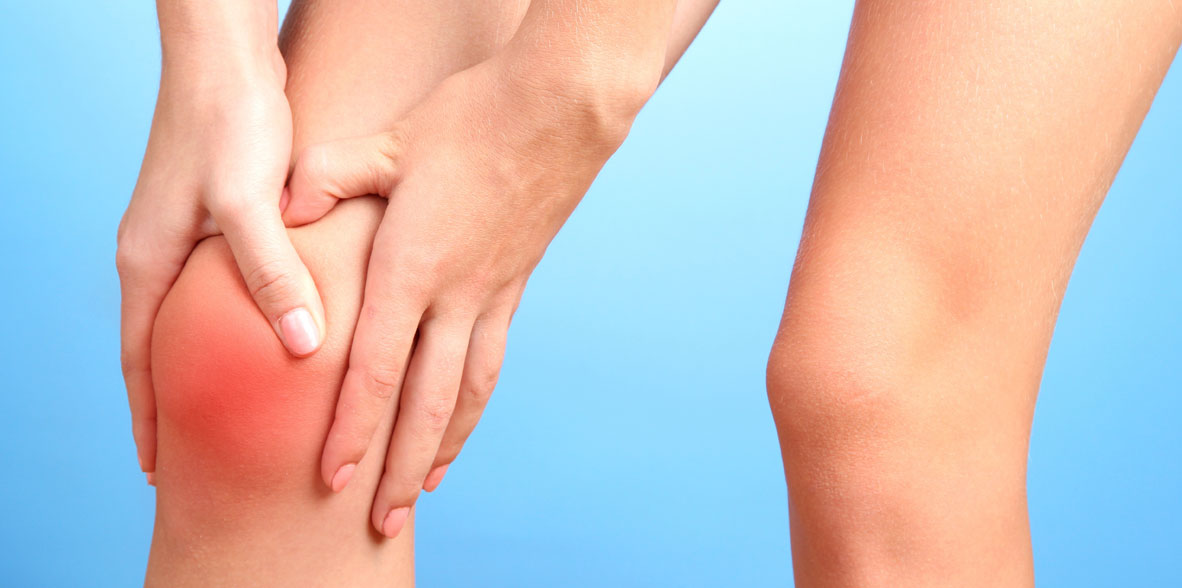

 Centro Médico Teknonen/health-centers/centro-medico-teknon
Centro Médico Teknonen/health-centers/centro-medico-teknon- Centro Médico Teknonen/health-centers/centro-medico-teknonHospital Universitari General de Catalunyaen/health-centers/hospital-universitari-general-catalunya
 Centro Médico Teknonen/health-centers/centro-medico-teknonHospital Universitari Sagrat Coren/health-centers/hospital-universitari-sagrat-cor
Centro Médico Teknonen/health-centers/centro-medico-teknonHospital Universitari Sagrat Coren/health-centers/hospital-universitari-sagrat-cor
Gout, a form of microcrystalline arthritis, results from the deposition of monosodium urate crystals in joints and tissues due to elevated serum uric acid levels. It is characterized by acute episodes of joint inflammation and can lead to chronic arthropathy if not properly managed.
Diagnosis:
Patients typically present with sudden onset of severe joint pain, swelling, redness, and warmth, often affecting the first metatarsophalangeal joint (podagra). Recurrent episodes and a history of hyperuricemia support the diagnosis.
Aspiration of the affected joint and identification of negatively birefringent monosodium urate crystals under polarized light microscopy remains the gold standard for definitive diagnosis.
While not diagnostic, imaging modalities such as ultrasound or X-rays can detect urate crystal deposits and tophi, aiding in the assessment of disease severity.
Management of gout involves both acute flare treatment and long-term urate-lowering strategies to prevent recurrences and complications.
Acute gout flare management:
Nonsteroidal Anti-Inflammatory Drugs (NSAIDs): First-line therapy for acute attacks, provided there are no contraindications.
Colchicine: Effective when administered early in the course of an attack. Low-dose regimens are preferred to minimize gastrointestinal side effects.
Corticosteroids: Oral or intra-articular corticosteroids are options for patients who cannot tolerate NSAIDs or colchicine.
Long-term management and Urate-Lowering Therapy:
Initiation of Urate-Lowering Therapy is recommended for patients with recurrent gout flares (≥2 per year), tophi, chronic kidney disease stage 2 or higher, or a history of urolithiasis.
Allopurinol is the preferred initial urate-lowering agent. It should be started at a low dose and titrated to achieve a target serum urate level of <6 mg/dL. Febuxostat is an alternative for patients intolerant to allopurinol.
To prevent gout flares during the initiation of Urate-Lowering Therapy , concurrent prophylaxis with low-dose colchicine or NSAIDs is recommended for at least 3–6 months.
Patients are be advised to maintain a healthy weight, limit alcohol intake, and reduce consumption of purine-rich foods to help manage serum urate levels.
Regular monitoring of serum urate levels is essential to ensure therapeutic targets are met and to adjust therapy as needed.
Adherence to the right treatment can significantly improve patient outcomes by reducing the frequency of gout flares and preventing long-term joint damage.



































